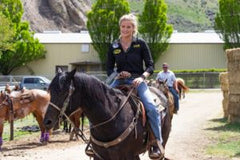
What is PSSM?
Polysaccharide Storage Myopathy (PSSM) is a genetic disorder that affects about 10% of Quarter Horses (of the Quarter Horse breed the subset of halter horses has an occurrence of 28%), and 36% of Belgian Draft. About 20 breeds have been found to carry the mutations in their bloodlines. PSSM is an incomplete dominant gene, meaning if your horse is heterozygous (carrying one gene for the trait), they will have symptoms, however less severe symptoms than homozygous (carries two genes for the trait). This genetic disorder makes the body unable to regulate the synthesis of glycogen (sugar being stored in the body). Therefore, too much glycogen is stored in the muscles and can lead to stiff, painful muscles, and episodes of tying-up. We decided to get a definitive answer and ordered a 5-panel genetic test on him, and when the results came back, they showed that indeed B is PSSM TYPE 1=N/PSSM1. So, while he was heterozygous PSSM1, he doesn't have as severe symptoms that a homozygous PSSM1 horse, this helped explain the traveling lameness and unwillingness to move out.The Next Step Configuring the PSSM Diet
As suspicions arose and then results confirmed, of this diagnosis, we started changing his diet. The first change was to remove the oats from his diet, to help reduce the amount of carbohydrates he was being fed. We removed the oats and replaced them with about a pound of Glow (full-fat extruded soybeans and ground flax cake) to replace the high level of carbohydrates with high-fat levels and protein. We also added a half cup of Flow (100% flaxseed oil) because some research has shown that oil can help diminish clinical symptoms of PSSM. He remained on Trifecta, which is important to provide him with antioxidants to aid muscle function and reduce the free radicals created from oxidative stress. Two important antioxidants are selenium, and vitamin E. Trifecta delivers 3 mg of organic selenium and 1,500 IU of vitamin E in an 8-ounce dose. Although this helped him, he still had some traveling lameness. As a next step, we removed all alfalfa from his diet. While alfalfa is a great roughage for some horses with metabolic issues because it is low in sugar and starch, others have a hard time because of the high protein levels. While the building blocks of proteins, amino acids, are crucial for your horse, the problem for some horses is that they can't handle the excess amino acids, because their body converts some of the protein into sugars. We believe this to be the case with B.The Right Nutrition Makes All the Difference
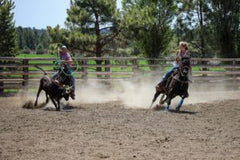 Eight months after being on grass hay only, Glow, Flow, and Trifecta, B is doing great. We keep him in a big pen so that he can move freely. When he isn't being roped off of, he gets exercised on the paneled hot walker to make sure that he gets adequate exercise. Now, he has no lameness issues and moves out much freer. I share this story with you to let you know that I have dealt with this issue first hand, and have been through the trials and tribulations with trying to figure out what works best. It is important to remember that each horse is their own individual. While this diet may work great for B, others may do better with a few different adjustments. Your PSSM horse might do good on alfalfa, while B did not, it is all a matter of trial and error to find what works best for your PSSM horse. Know that we, at Horse Guard, are here to help make sure you have a happy, healthy horse. If you have any questions, please write us at horsenutrition@horseguard.com.
Eight months after being on grass hay only, Glow, Flow, and Trifecta, B is doing great. We keep him in a big pen so that he can move freely. When he isn't being roped off of, he gets exercised on the paneled hot walker to make sure that he gets adequate exercise. Now, he has no lameness issues and moves out much freer. I share this story with you to let you know that I have dealt with this issue first hand, and have been through the trials and tribulations with trying to figure out what works best. It is important to remember that each horse is their own individual. While this diet may work great for B, others may do better with a few different adjustments. Your PSSM horse might do good on alfalfa, while B did not, it is all a matter of trial and error to find what works best for your PSSM horse. Know that we, at Horse Guard, are here to help make sure you have a happy, healthy horse. If you have any questions, please write us at horsenutrition@horseguard.com.
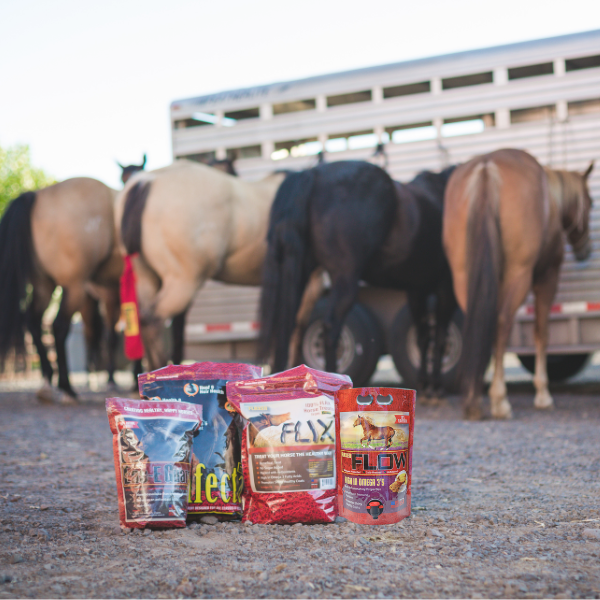
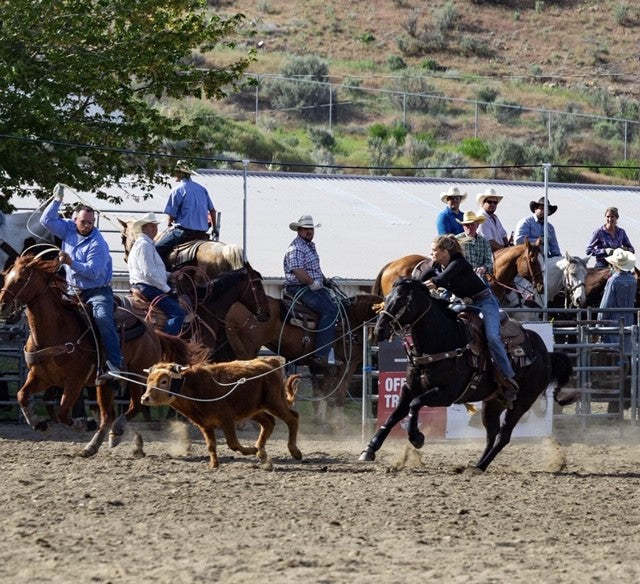
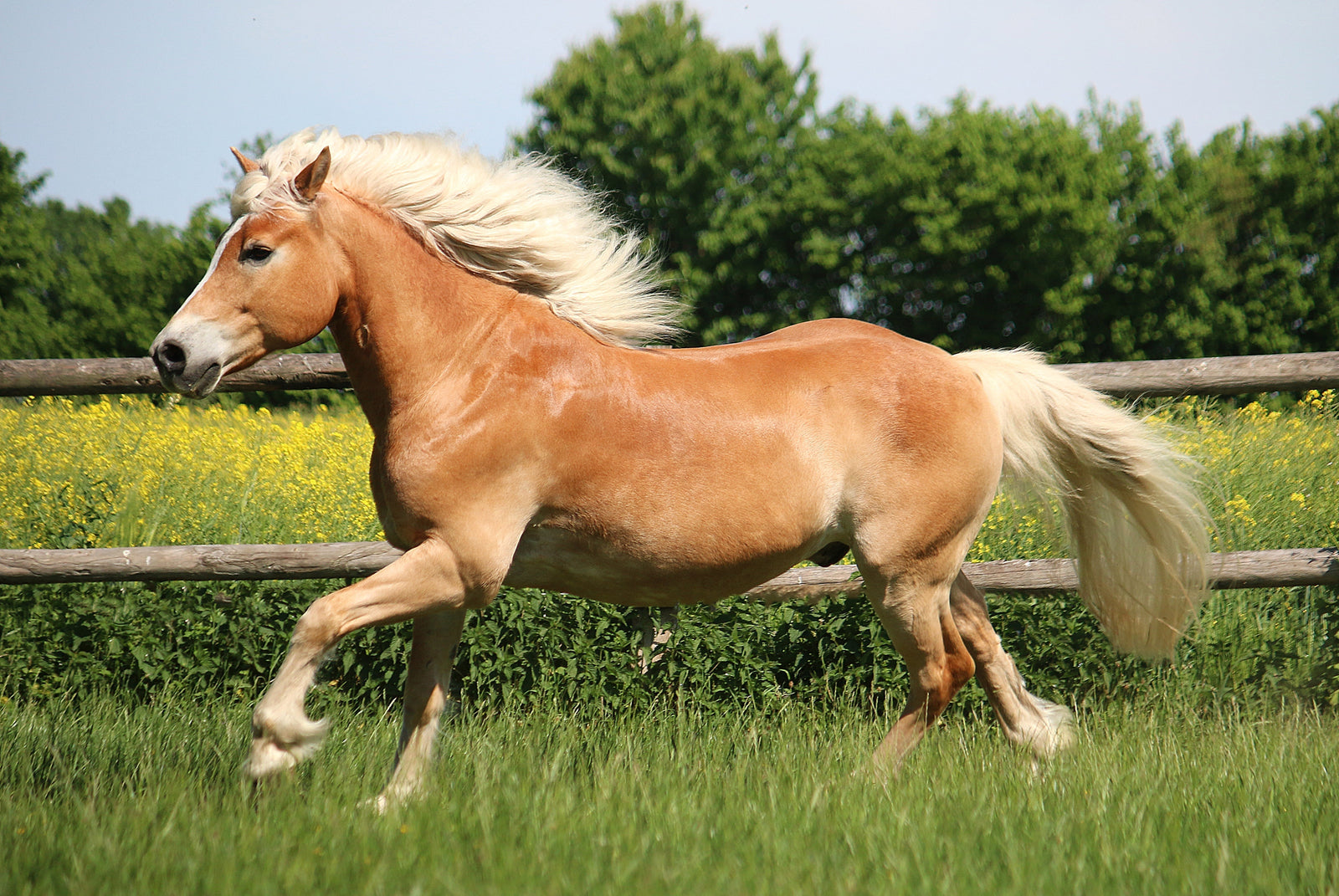
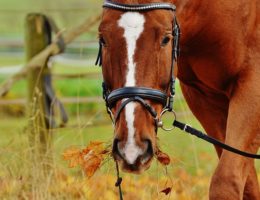
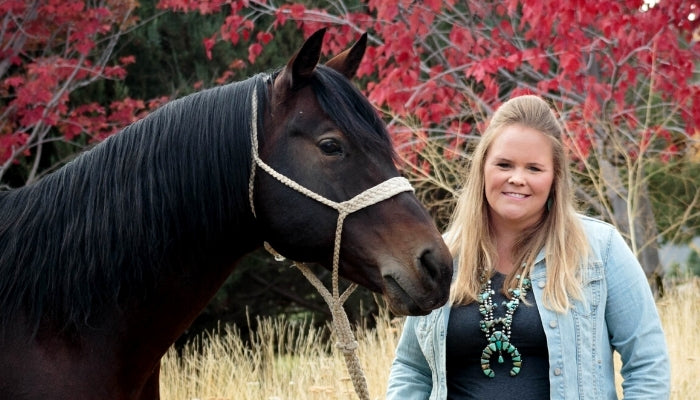
Tonya Sanders
November 02, 2022
I just purchased a 3 yo QH mare that is green broke walk/trot only. (Actually a solid appaloosa/ no markings) she is double bred impressive so I was concerned w/ HYPP but Appaloosa registry didn’t require her to be tested because dam was n/n and sire was n/h so I thought “Okay, she is big, stout and super gentle”. Riding her the first time she was reluctant to canter and would kick out but then would move forward. 2 days later she was pretty sore but I expected since she had not been ridden. I didn’t think anything of it until my husband slapped her on her front shoulder and it tremorred like fingers crawling under her skin. I thought right away she was +for HYPP. Ordered a kit from UC Davis and she is n/n for HYPP but n/PSSM1. I have had horses my whole life and have not heard of this. So now I don’t know if I’m being paranoid or is she symptomatic. She does kick out to go into a canter, but she is green. She had the top of her tail rubbed out but I figured ok, she needs to be wormed. She does NOT like getting in a trailer at all. Again she is young and has not really been hauled. Everything she does could be a symptom of PSSM but could also just be she is young and rude/spoiled from previous owner letting her get away with everything. I just started her on Seminole Wellness, vit E & selinium and alfalfa as I have no grass in my pasture in FL. My intention was to make her a barrel horse but I am reluctant with everything I have read on the internet. I feel a little more hopeful after reading your post. Any words of wisdom???? Thank you in advance.
Regards,
Tonya
———
Horse Guard replied:
Tonya,
Thank you for the question. Definitely, sounds like she may be has affects from PSSM1. I would recommend adding oil to help reduce episodes and allow her as much room as possible to move around. If she continues to act sore I would consider finding a different hay source such as Teff or another warm season grass hay. Let me know if I can answer anymore questions.
Sincerely,
Kelsey Johnson Nonella, Ph.D., PAS